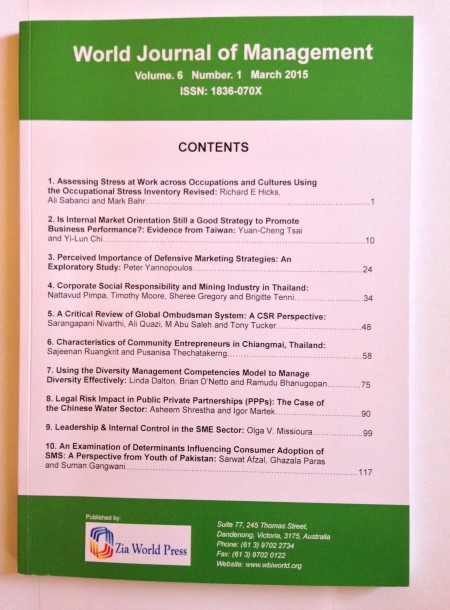Evaluating the Knowledge Management Capabilities in Forensic Science Directorate at Bahrain’s Ministry of Interior
Evaluating the Knowledge Management Capabilities in Forensic Science Directorate at Bahrain’s Ministry of Interior
Knowledge is considered a prime asset for organizations, especially in the public sector organizations which are considered knowledge intensive organizations. Forensic science directorates (FSD) are part of the public sector whose primary mission is to detect and prevent crimes. Consequently, Knowledge Management (KM) is crucial in a fast paced environment such as forensic science. The absence of effective KM strategy can widen the gap between individual and organizational knowledge. Therefore it is necessary to employ KM practices at FSD to preserve the institutional memory. This paper aims to evaluate the level of Knowledge Management Capabilities (KMC) in FSD at the Ministry of Interior in Bahrain. KMC was divided into two categories: KM Infrastructure Capabilities (KMIC) and KM Process Capabilities (KMPC). A questionnaire was adopted to conduct this research. The research sample involved 114 employees from FSD. The results showed that the overall perceived existence level of KMIC at FSD is 64%. The individual KMIC dimensions with their average levels of implementation were: organizational culture 66.48%, technology 64.12% and organizational structure 59.59 %. The levels of collaboration and trust between employees were considered strong while the levels of learning and centralization were considered weak. The overall perceived level of KMPC at FSD is 66%. The average levels of implementation of processes were: knowledge protection 69.46%, knowledge application 65.61%, knowledge acquisition 64.99% and knowledge conversion 62.94 %. The results revealed that the strengths of KMPC in FSD were: the encouragement of the transfer of knowledge between employees and the availability of effective processes to protect knowledge from theft and inappropriate use from outside the directorate. On the other hand, the weakness was presented in the lack of financial and non-financial incentives for sharing knowledge. The results also revealed that there is a positive correlation between KMIC and KMPC. The study recommends providing effective training programs, increase employees’ involvement in the decision making process and designing a proper reward system to encourage sharing of knowledge among employees.Field of Research: Management
Key Words: Organizational Culture, Organizational Structure, Technology, Knowledge Acquisition, Knowledge Conversion, Knowledge, Application, Knowledge Protection.

